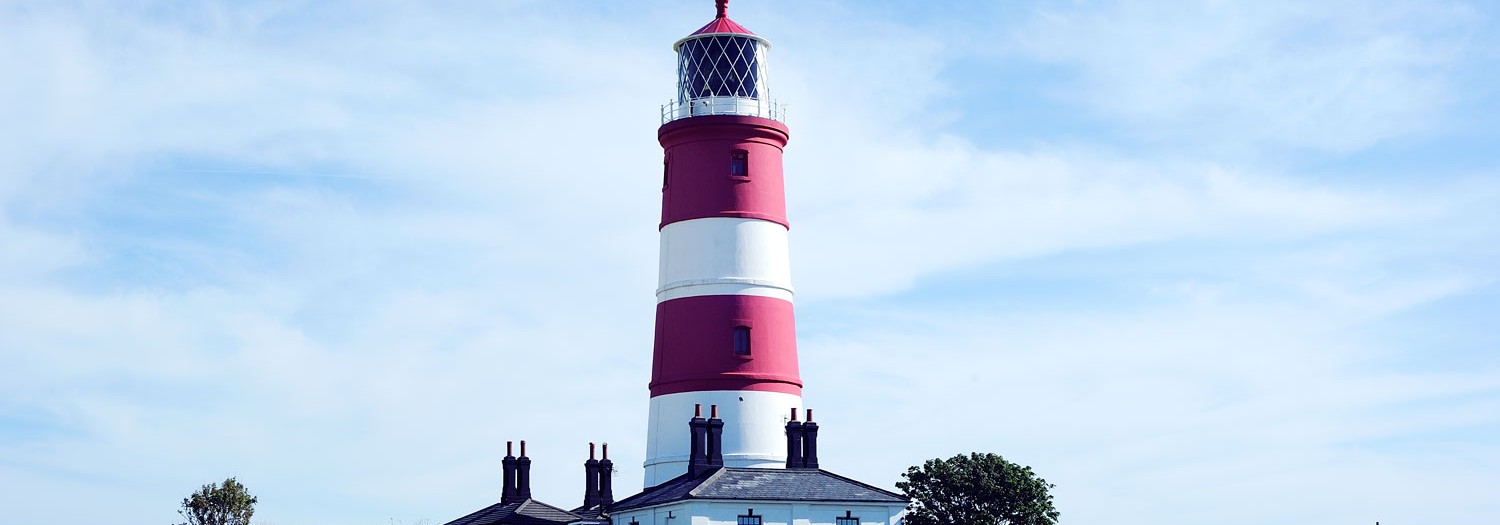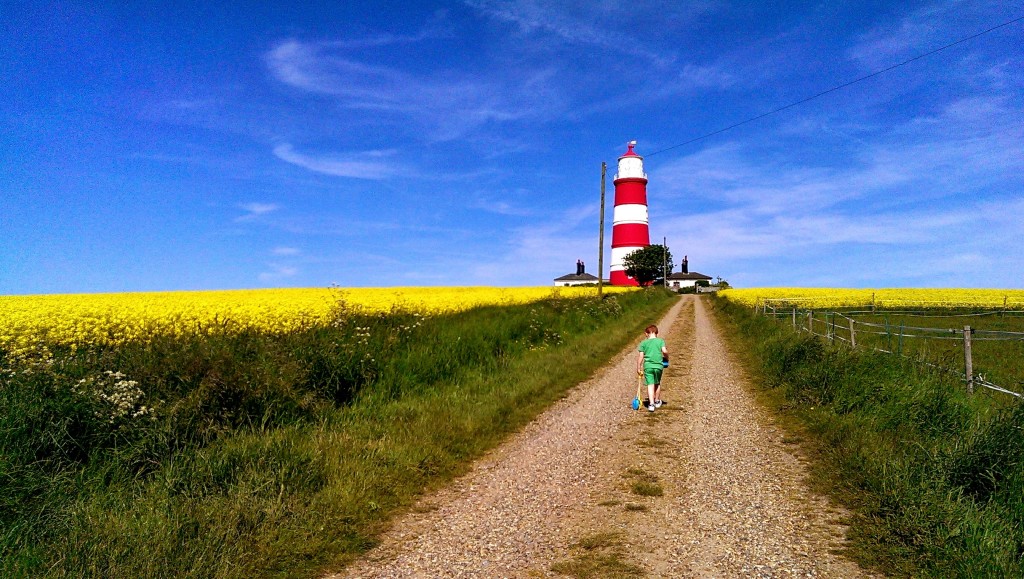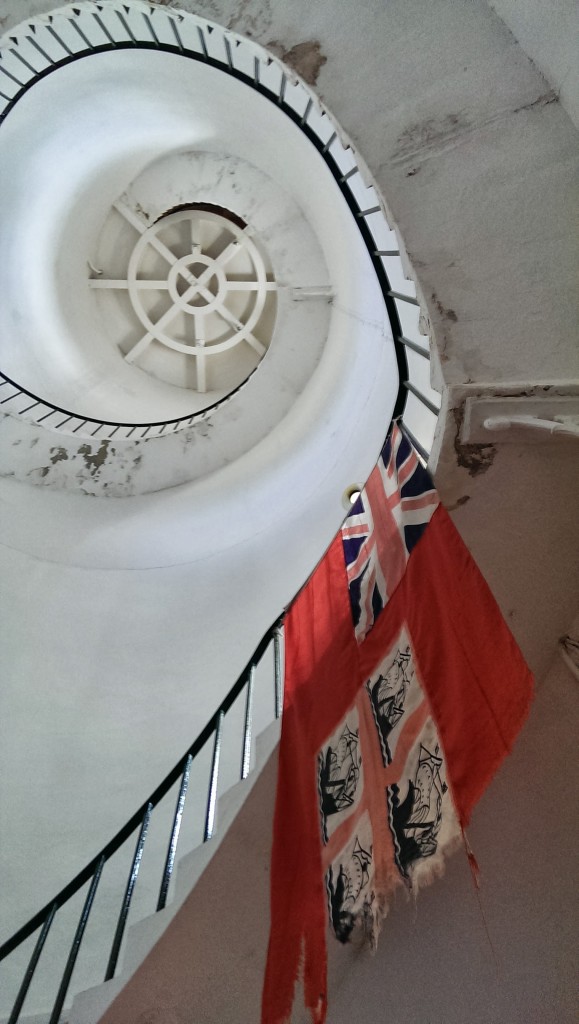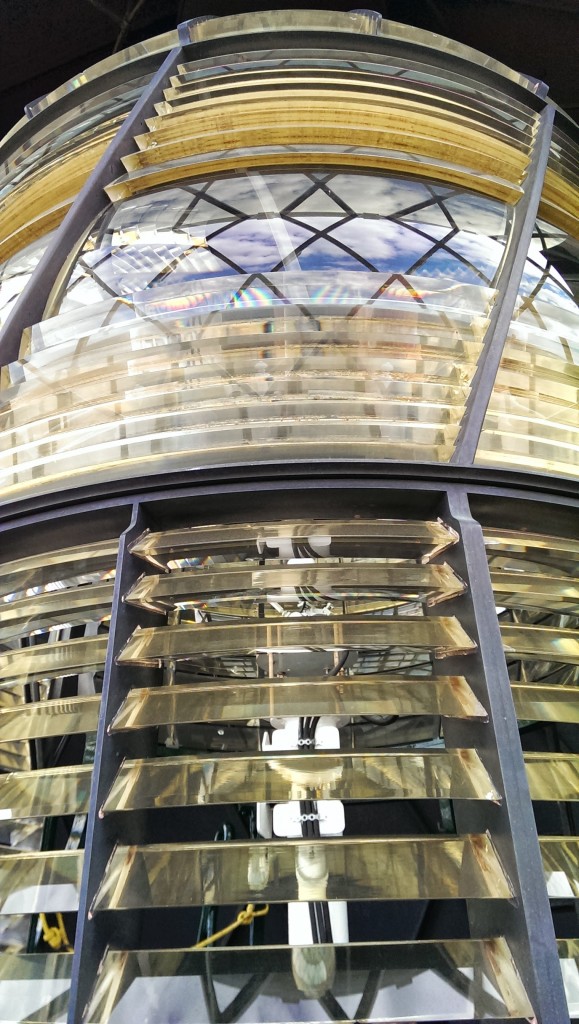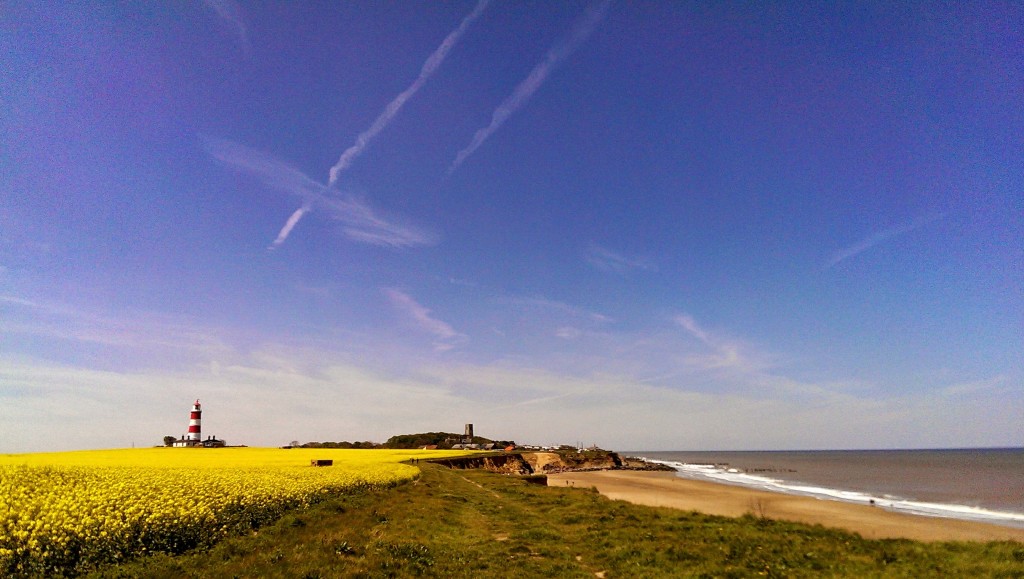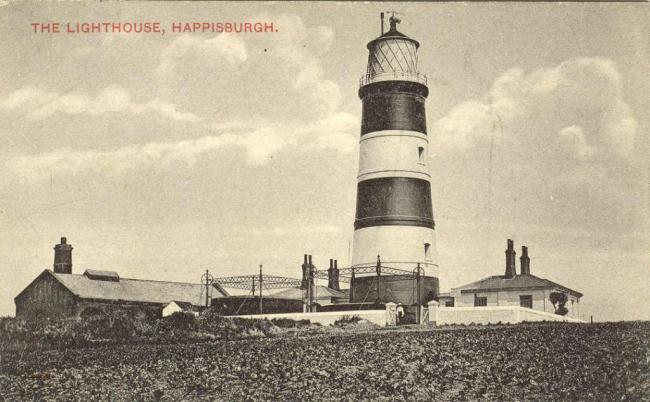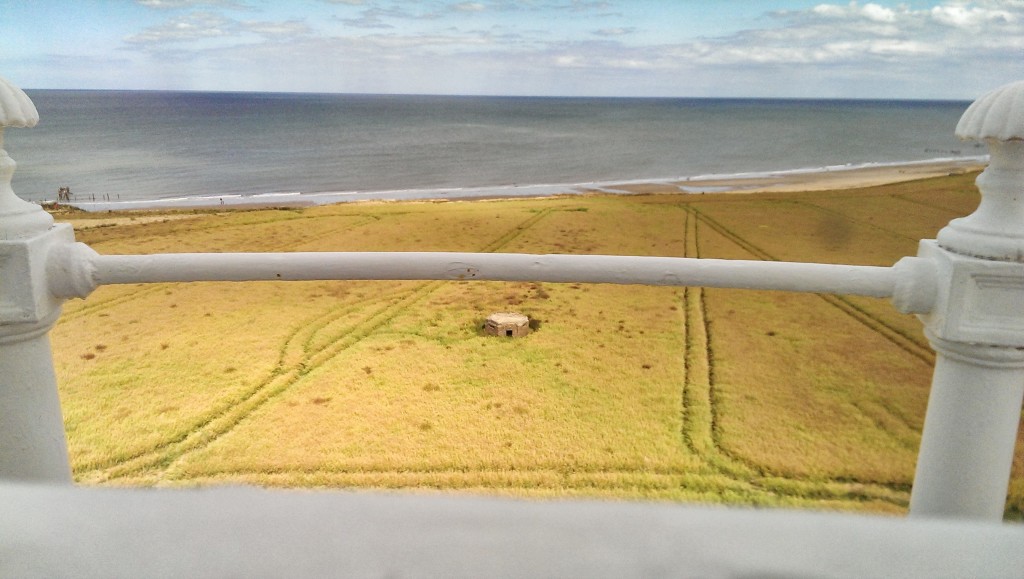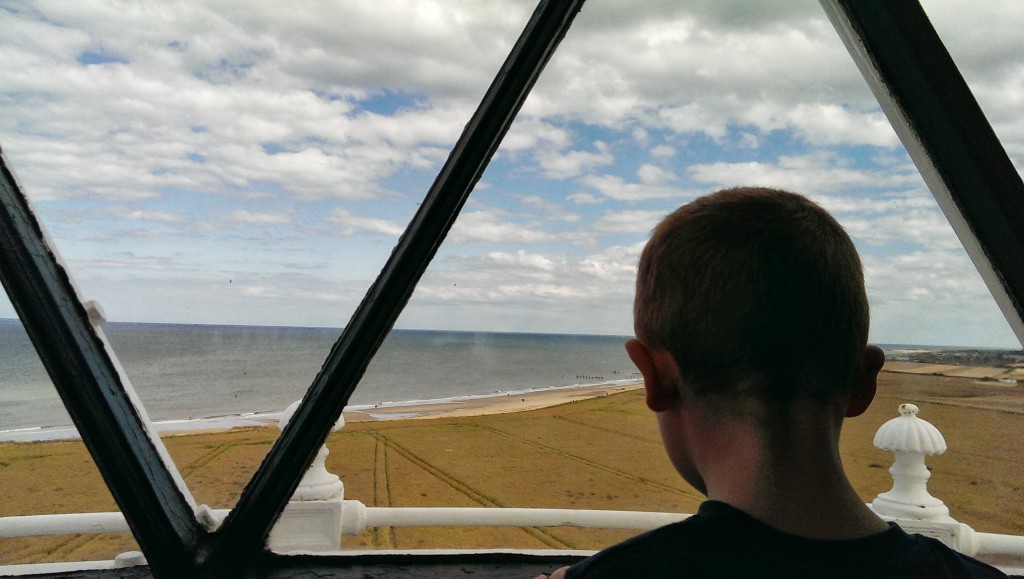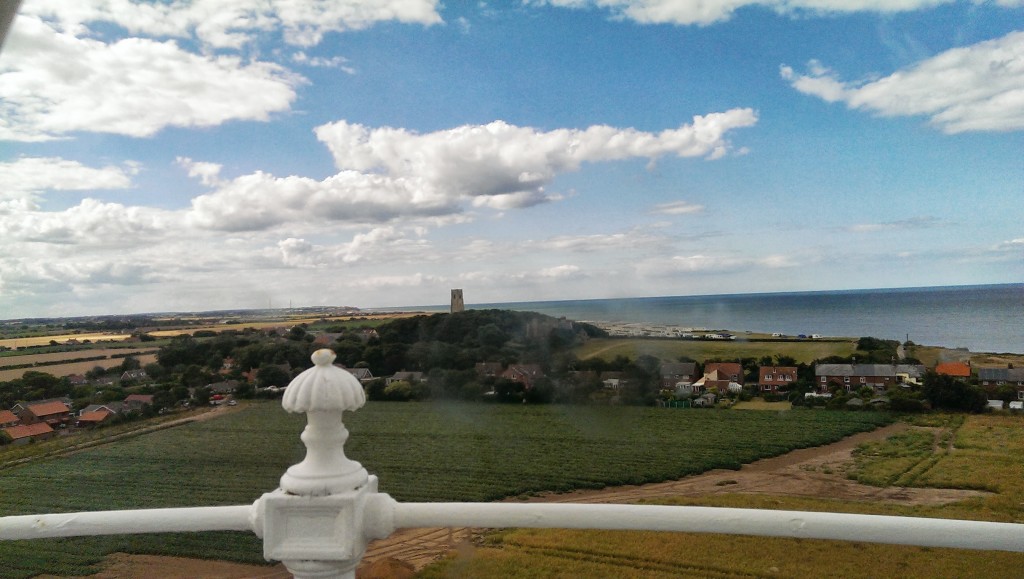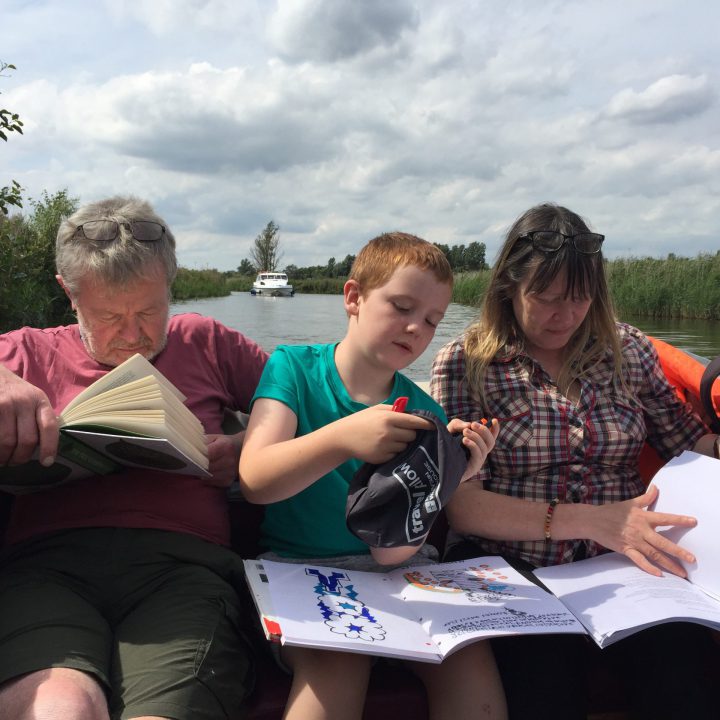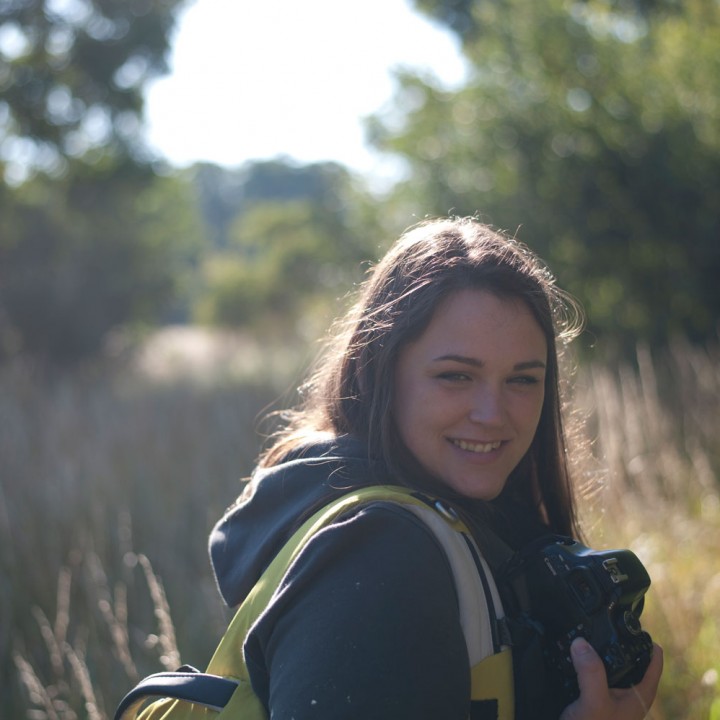Happisburgh Lighthouse
The lighthouse here is amazing, I see it from our kitchen window every morning and I love it! Last summer we ventured inside it, the stairs up are pretty scary as the railing doesn’t feel particularly solid. This images have all been taken on my phone…. with the exception of the cover image and the archive image.
During a severe winter storm in 1789, seventy sailing ships and six hundred men were lost off the Norfolk Coast. The reason for this was given as the warning lights between Cromer and Winterton. Trinity house commissioned two lighthouses to be built in Happisburgh by William Wilkins.
The buildings were constructed in 1790: High Lighthouse and Low Lighthouse, both were candle lit from erection, with the remaining lighthouse in Happisburgh becoming electrified in 1947 and given it’s famous three blinks. The lighthouses were upgraded to oil lighting in 1801 and in 1863 a new lantern was commissioned enabling the light to be seen from more angles. Gas was used to power the light from 1865, it was produced on site using coal. 1868 saw a new optic fitting, made of angular prisms, this gave the high light a range of 17 miles; the low light had a range of 15 miles.
The lighthouse is 85 ft (25.9 m) tall, putting the lantern at 134 ft (40.8 m) above sea level. Low lighthouse was 20 ft (6.1 m) lower, it was decommissioned and demolished in 1883 before it could be lost due to coastal erosion, its lantern being reused at Southwold lighthouse.
Together they formed a pair of range lights that marked a safe passage around the southern end of the offshore Haisborough Sands 8 miles (12.9 km) to the safe waters of ‘The Would’. In 1884 the lighthouse was given its distinctive red and white stripping to distinguish it from the lighthouse at Winterton
In 1910 Paraffin-vapour burners replaced the gas light, and nineteen years later acetylene made it possible to leave the lighthouse unmanned, although an attendant was still required to check the light periodically, there was no need for a live in keeper. The Keepers’ cottages were sold shortly afterwards and remain private dwellings.
In 1987 Happisburgh was one of five lighthouses declared redundant by Trinity House and deactivation was planned for June 1988. Villagers here organised a petition to oppose the closure, and as a result the date was postponed. Under the Merchant Shipping Act of 1894, Trinity House may dispose of a working lighthouse only to an established Lighthouse Authority. On 25 April 1990 the Happisburgh Lighthouse Act received the Royal Assent establishing the Happisburgh Lighthouse Trust as a Local Light Authority, and Happisburgh became the only independently run operational lighthouse in Great Britain. It is currently the oldest working lighthouse in East Anglia.
The Friends of Happisburgh Lighthouse continued their fund raising work after the formation of the Happisburgh Lighthouse Trust and in February 1995 became a separate Registered Charity (No. 1044590) whose aim is to assist the maintenance and preservation of Happisburgh Lighthouse in augmentation of the work carried out by the Trust.
In 2009 Princess Anne became the patron of Happisburgh lighthouse, visiting in 2010 and even climbing the 112 steps to squeeze through the hatch and stand on the balcony.
The lighthouse also has a webcam installed which updates every 10 minutes from the lantern showing the views surrounding the lighthouse.
